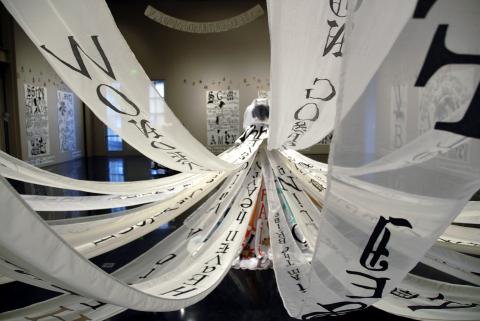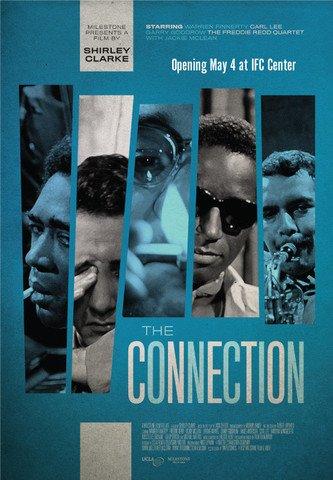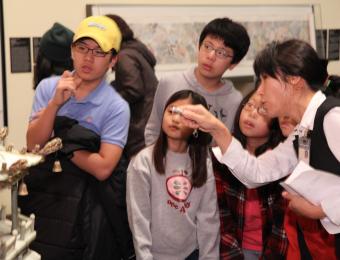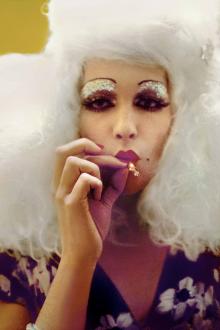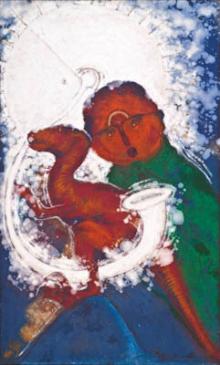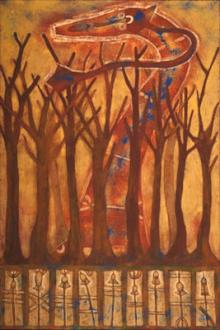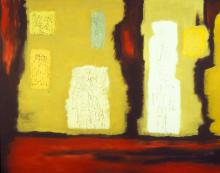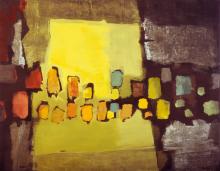Renoir, de Chirico and Moore works go on view as part of the Jordan Schnitzer Museum of Art’s Masterworks on Loan program
EUGENE, Ore. -- (September 14, 2012) – Works by Giorgio de Chirico, Paul Delvaux, Anne-Louis Girodet de Roucy-Trioson, Henry Moore, and Pierre-Auguste Renoir, are now on view in the Jordan Schnitzer Museum of Art’s Focus Gallery as part of the Masterworks on Loan program. The works will be on view September 18 through December 30, 2012.
“This is an exciting opportunity for the JSMA to have masterworks on view to share with our visitors and enhance the curriculum at the University of Oregon,” says Jill Hartz, executive director. “We are deeply grateful to the art collectors who loan us these works, which truly strengthen our teaching mission.”
Italian Surrealist painter Giorgio de Chirico (1888–1978) was born in Greece and studied at the Academy of Fine Arts in Munich, Germany, before moving to Florence, Italy, in 1910. His metaphysical period, which spanned 1909-19, focused on mysterious environments and sharp contrasts of light and shadow. These early works made a profound impact on the French Surrealist painters, but de Chirico broke ties with the group in the mid-1920s over differing opinions on modern art. After 1919, he became more interested in the work of Italian Renaissance masters Raphael (1483–1520) and Luca Signorelli (1445–1523).
“Ettore e Andromaca (Hector and Andromaca,” an early oil on canvas by de Chirico, features the tragic couple Hector and Andromaca from Homer’s epic “The Iliad.” For de Chirico, the story of the doomed Trojan leader and his wife resonated with his own views on modern warfare in the wake of the First World War. He explored this topic in several media, including bronze sculpture, over many decades, but it was this painting that Alfred H. Barr, Jr., then the director of the Museum of Modern Art, considered “by far the most powerful of all Chirico’s versions of this theme.”
The monumental nudes in Paul Devaux’s “Jeunes Filles à la Campagne (Young Girls in the Country),” reference classical forms in a contemporary outdoor setting and was painted in 1929. Delvaux studied music, Greek, and Latin in his youth and then took classes in architecture and decorative painting at the Académie Royale des Beaux-Arts in Brussels. By the time of his first one-man exhibition in 1925, he had completed over eighty paintings of naturalistic landscapes. In the following years, he introduced nude female forms into his pastoral scenes. Delvaux, who had been deeply influenced by early Italian Renaissance painting at the beginning of his career, had a transformative experience when he discovered the work of painter Georgio de Chirico (1888–1978) in a Parisian gallery in 1927. The Italian artist’s eerie atmospheres and classicized figures were of particular interest to Delvaux, who began to incorporate subversive juxtapositions into his own work.
Anne-Louis Girodet de Roucy-Trioson studied under French Neoclassical master Jacques-Louis David (1746–1825). He was awarded the Prix de Rome, Europe’s most prestigious art scholarship, in 1789, while spending four years in Italy. Unlike his mentor, Girodet painted with a heightened sense of emotion and eroticism, elements that characterized the art movement known as Romanticism. In “La Belle Elisabeth,” the sitter’s identity is unknown, and it is unclear whether this work was a commissioned portrait or a study for an allegorical subject. However, the “Elizabeth” of this portrait bears a strong resemblance to the dark-haired woman in Girodet’s studies for his most famous painting, “Pygmalion and Galatea” (in the final version of which the artist depicted Galatea as a blonde), completed in 1819.
“Mother and Child with Apple,” a bronze sculpture by British artist Henry Moore, depicts one of the artists favorite motifs. Though this imagery obviously references maternity, it can also be interpreted as a representation of artistic creativity. Moore considered the image of a mother and child to be universal, and he claimed to have recognized it in “every little scribble, blot or smudge.” Moore enrolled in the Leeds School of Art in 1919, after service in the British army during World War I, and, two years later, was awarded a scholarship to continue his art education at London’s Royal College of Art (where he would later hold a seven-year teaching appointment). Although his earliest sculptures were fastidiously planned and showed the influence of classicism and Victorian romanticism, Moore became interested in the act of direct carving. The resulting sculptures appear to have been shaped by the elements and usually retained imperfections and artist’s marks on their surfaces. He is best known for his large carved marble and cast bronze sculptures that have been installed in public spaces.
Two oil on canvas works, “Buste de Femme Nue (Bust of Nude Woman),” 1879 and “Portrait de Femme au Bandeau Vert (Portrait of a Woman with a Green Headband),” 1905, but French artist Pierre-Auguste Renoir are included in the Masterworks on Loan installation. “Buste de Femme Nu” predates Renoir’s trip to Italy in 1881, after which he showed even greater interest in painting female nudes. The late work “Portrait de Femme au Bandeau Vert,” with the sitter’s expressive pose and the broadly painted, neutral background, is typical of Renoir’s mature style.
Born in the city of Limoges, France, Pierre-Auguste Renoir grew up in a working-class family in Paris and, as a teenager, apprenticed in a porcelain factory. As was common practice for aspiring painters, Renoir registered to paint copies of masterworks in the collection of the Louvre Museum. He received his formal education at the École des Beaux-Arts and in the studio of Swiss painter Charles Gleyre (1806–74), who also taught Claude Monet (1840–1926) and Alfred Sisley (1839–99). Renoir’s broken brushwork, vibrant, light-infused colors, and cheerful scenes of leisure activities made him one of the leading figures in the birth of Impressionism. He was especially adept at portraiture and was celebrated for his sensual representations of women.
By the mid-1880s was pursuing a more individual style influenced by classicism. For the next two decades he frequently reevaluated his aims as an artist, in part due to his opportunities for travel throughout Europe to study the work of the Old Masters. He greatly admired the colorful, fleshy nudes painted by Titian (Italian, ca. 1488–1576), Raphael (Italian, 1483–1520), Rubens (Flemish, 1577–1640), and Velazquez (Spanish, 1599–1660). Domestic scenes, nudes, and portraits of women, which were usually painted in the studio instead of en plein air like his Impressionist body of work, dominated his output at the end of his career. By the time of his death at age seventy-eight, Renoir’s paintings numbered in the thousands.
About the Jordan Schnitzer Museum of Art
The University of Oregon's Jordan Schnitzer Museum of Art is a premier Pacific Northwest museum for exhibitions and collections of historic and contemporary art based in a major university setting. The mission of the museum is to enhance the University of Oregon’s academic mission and to further the appreciation and enjoyment of the visual arts for the general public. The JSMA features significant collections galleries devoted to art from China, Japan, Korea, America and elsewhere as well as changing special exhibition galleries. The JSMA is one of six museums in Oregon accredited by the American Association of Museums.
The Jordan Schnitzer Museum of Art is located on the University of Oregon campus at 1430 Johnson Lane. Museum hours are 11 a.m. to 8 p.m. Wednesdays, and 11 a.m. to 5 p.m. Tuesdays and Thursdays through Sundays. Admission is $5 for adults and $3 for senior citizens. Free admission is given to ages 18 and under, JSMA members, college students with ID, and University of Oregon faculty, staff and students. For information, contact the JSMA, 541-346-3027.
About the University of Oregon
The University of Oregon is among the 108 institutions chosen from 4,633 U.S. universities for top-tier designation of "Very High Research Activity" in the 2010 Carnegie Classification of Institutions of Higher Education. The UO also is one of two Pacific Northwest members of the Association of American Universities.
Contact: Debbie Williamson Smith, 541-346-0942, debbiews@uoregon.edu
Link: Jordan Schnitzer Museum of Art, http://jsma.uoregon.edu

